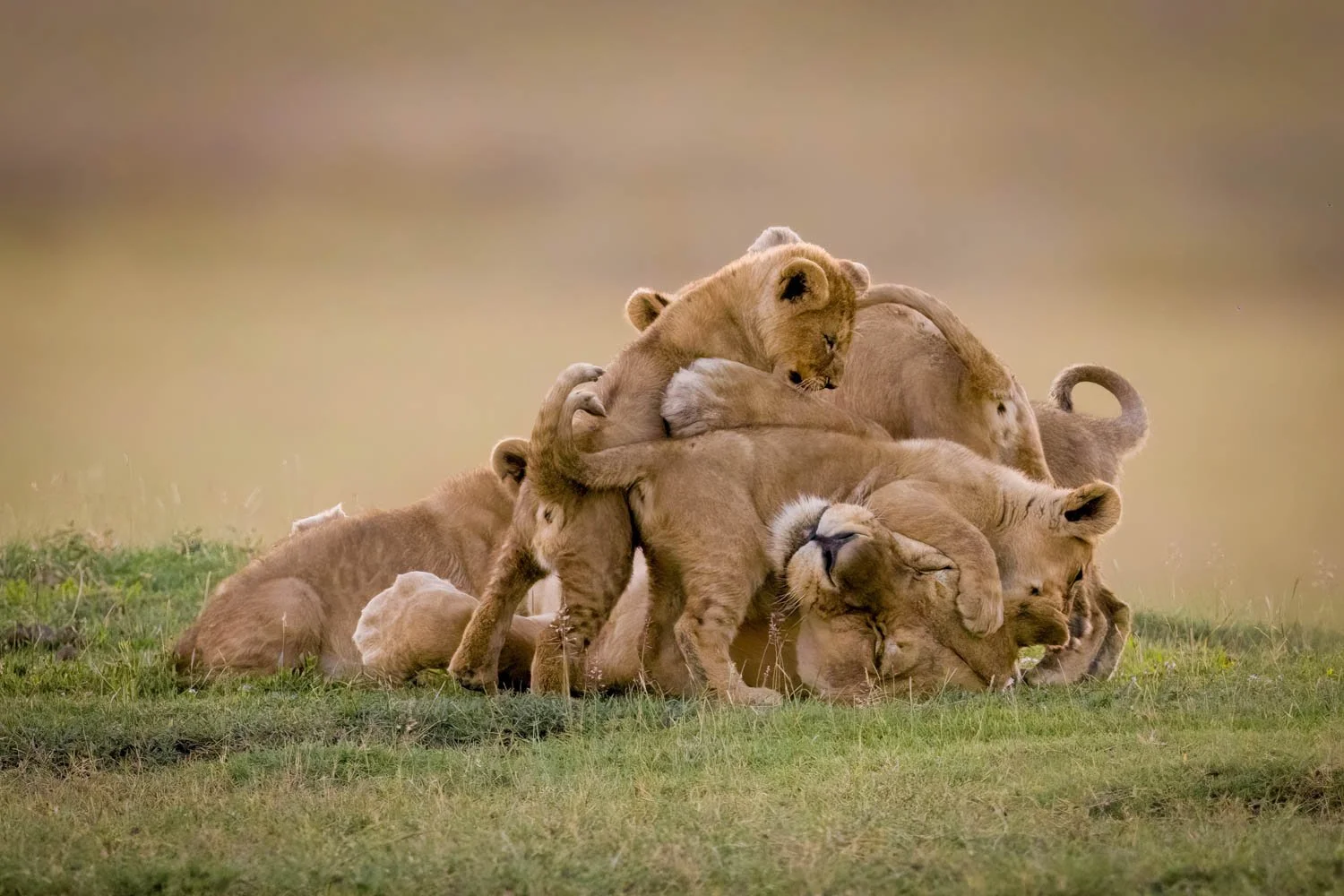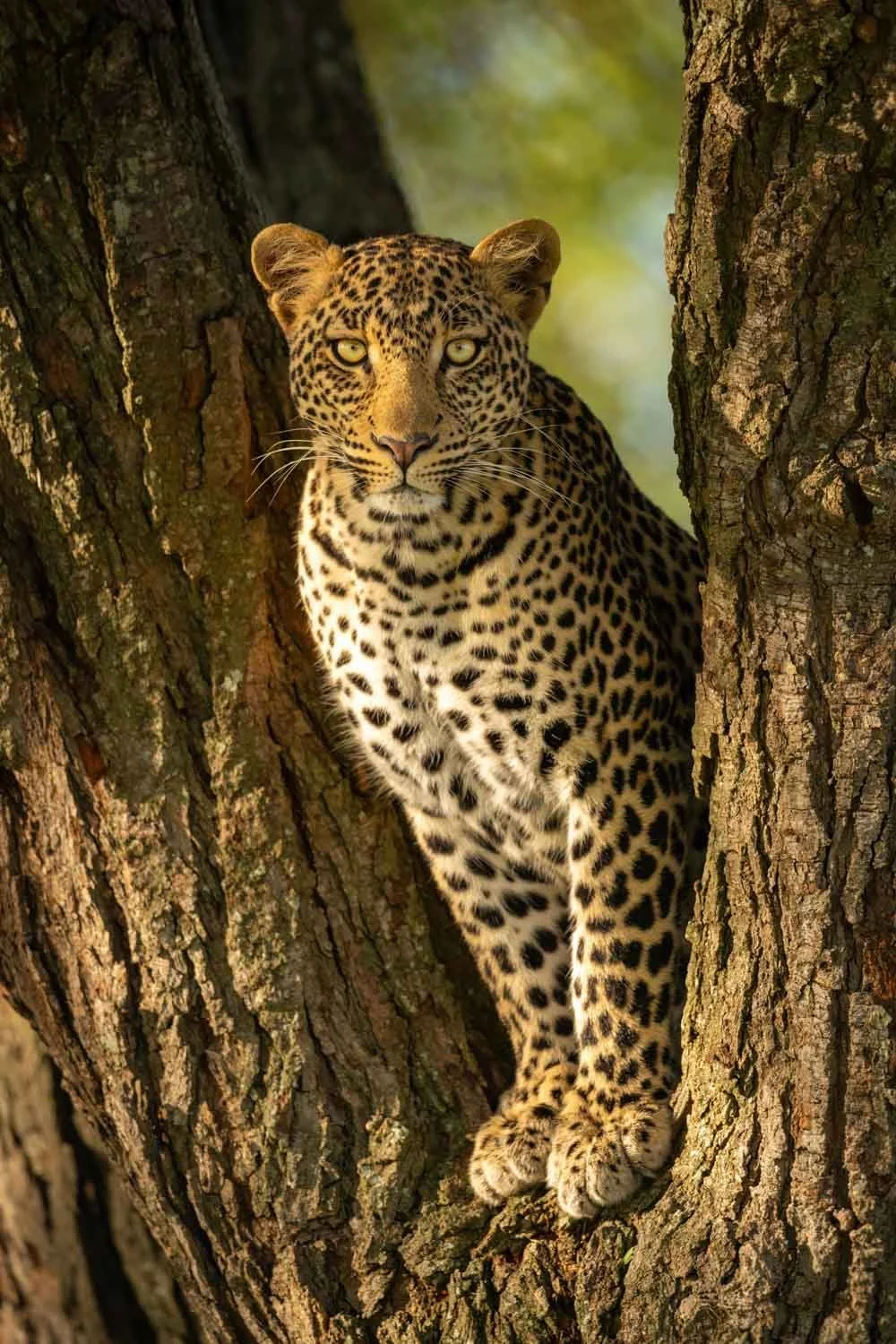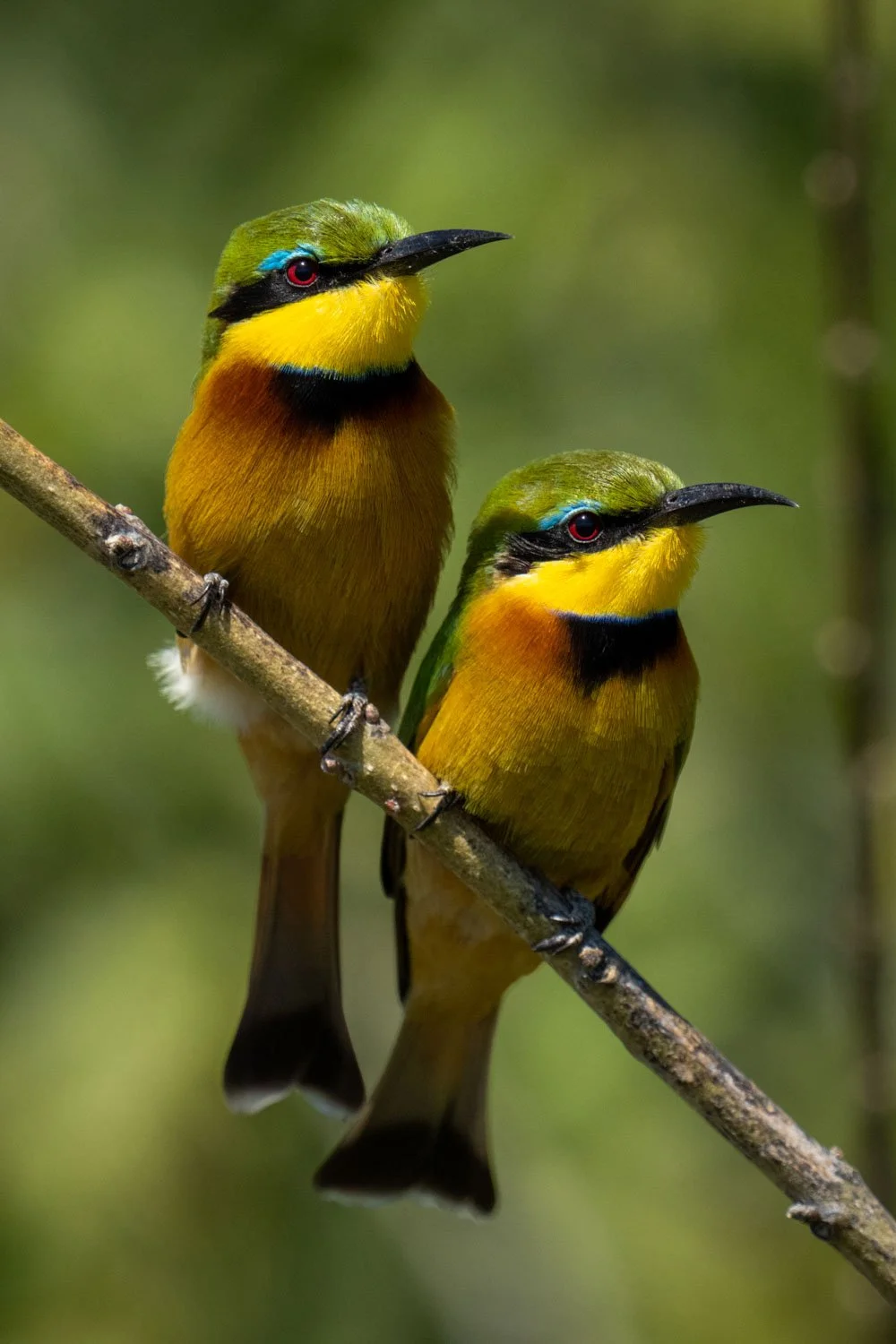How to Become a Resident Photographer
Would you rather make money or save money…?!
A few years ago, I asked Andy Skillen how to win clients as a wildlife photographer. He didn’t tell me, but he did tell me a story of the ‘dream scenario’. He had an enquiry from a group of managers who wanted to buy a retirement present for their departing chairman. They wanted it to be a picture of a row of five hippos in the water, all looking towards the camera.
Andy said he didn’t have exactly that shot but would send them a few other hippo pictures from his back catalogue. When they received them, they weren’t happy with any of them and one of them called him to say it had to be five hippos in a row.
“Well,” Andy explained, “the only way I’m going to be able to do that is if you send me to Zambia for a couple of weeks, all expenses paid.”
“Okay, let’s do that,” the guy said.
And that was that. Andy went to Zambia, got the shot he wanted after two days and spent the rest of the time taking pictures for himself!
The point of this story is that this kind of thing doesn’t happen very often—if at all—so what can you do instead to win clients? Wildlife photography is not like any other kind of photography because you don’t generally have direct ‘clients’. You sell your works instead through either stock agencies, galleries or online outlets.
It’s very hard (ie impossible!) to be a full-time, professional wildlife photographer, so you’re forced to earn your living in some other way. That might be photography-related, or it might not. I mostly make my photography income from writing articles for Expert Photography, selling downloads through microstock agencies and selling framed prints through online galleries such as Artfinder. However, it helps that I also have a buy-to-let property in Notting Hill and work as a private tutor!
How did I get started?
So what can you do? Well, one idea is to focus on saving yourself money rather than making money. One way to do that is to work as a resident photographer.
It all started for me back in 2018 when I happened to see an online article written by a photographer who’d managed to get himself 365 free nights of accommodation in Africa in exchange for taking pictures. I thought to myself, “I could do that!”
I did a bit of research and found a few luxury safari lodges in Tanzania and Kenya where I wanted to stay. I sent out 50 emails and within a couple of weeks I had 17 invitations!
In the end, I ended up staying for three months at a few Tanzanian lodges owned by &Beyond and for a month at Cottar’s 1920’s Safari Camp in Kenya.
Safaris aren’t cheap holidays, and these places charged around $1,000 per person per night in high season, but I was getting it all for free! The deal was that I’d pay for my flights, but then I’d get free board and lodging in exchange for teaching the guests (and staff) photography and giving &Beyond and Cottar’s copies of all the photos I took.
What was it like?
It turned out to be one of the great turning points—not just in my photography career but in my whole life! Suddenly, I had the freedom to spend four months doing exactly what I wanted to do, spending time with the animals and taking thousands of photos to add to my portfolio. In fact, I took all the pictures in this article while working as a resident photographer in Africa.
I did have a few ups and down with the staff and guests, and I ended up spending an awful lot of money on flights, park fees and a Nikon 800mm lens—but it was worth it!
I’ve now worked as a resident photographer in a few more places: Gabus Game Ranch in Namibia, Ol Jogi Wildlife Conservancy in Kenya and Muchenji Safari Lodge in Botswana. I’ve met great people every time, stayed in very plush guest rooms (except at Ol Jogi) and taken thousands upon thousands of photos that I never could’ve taken otherwise.
The general routine has varied a little depending on the lodge and the particular circumstances, but I’ve usually managed to go on morning and evening game drives most days—either with a group of guests or on my own.
The morning drives have started at 0600 just before dawn and finished around 1100—or later if there’s been a good sighting. At the &Beyond lodges, I usually had a ‘bush breakfast’ during the game drive, but at Muchenje I had a shorter morning drive and ate breakfast with all the guests at around 0930.
I’ve generally had a sit-down lunch back at the lodge, and then I’ve been free to edit my pictures before going out again in the afternoon around 1600. This game drive has been a lot shorter, and I’ve usually been back at camp by 1900—just after sunset.
There have usually been drinks and nibbles waiting for me, and I’ve had dinner with all the other guests around 2000. Sometimes, there’s been campfire entertainment from Masai dancers, and the Muchenje staff often appeared for an impromptu song and dance dressed in their work clothes!
Occasionally, we’ve had ‘sundowners’, which means parking somewhere in the bush and watching the sunset while drinking G&Ts and eating a few ‘bitings’—or ‘nonsense’, as Paul Goldstein calls it!
In Botswana, Muchenje was near the Chobe River, so I often managed to squeeze in a boat ride in between two game drives. That was great for spotting colourful, migratory birds and elephants that often gave themselves dust baths on the riverbank.
It all sounds great, doesn’t it? Well, just to put this into perspective, it’s hard work, too. People ask me where I’m going ‘on holiday’, but I usually end up working 17 or 18 hours a day! The game drives and boat rides obviously take a few hours each, but I also like to keep up-to-date with all my post-processing. That usually means an hour of editing for every hour taking pictures.
Don’t get me wrong. It’s not ‘work’ in the conventional sense, but I haven’t exactly been lying around by the pool for hours on end without a care in the world!
What do you need you do?
If you want to become a resident photographer, too, I suggest you simply do what I did and approach a group of your target lodges or hotels with the outline plan and a few thumbnails of your best work. I happened to go to Africa, but you could pick any country in the world. I’ve applied to work at hotels and resorts as far afield as Peru and Costa Rica, and I’ve had exactly the same feedback. I’ve even worked on a cruise to Antarctica!
You just need to be fairly systematic and methodical about the whole thing. First of all, make sure you pick the right resorts and the right time of year by asking yourself a few questions:
Is it easy to reach?
Will I be able to see the ‘right’ animals?
Will I be able to go on daily game drives/photo shoots?
Is it the dry or the rainy season?
etc, etc…
Once you’ve decided on your list, create a tailored email that contains your ‘pitch’ plus a few relevant images. I used the (rather long-winded!) title “Wildlife photographer seeks accommodation in exchange for pictures and coaching”. You can obviously think of your own, but it’s important to show the benefit of your stay to the lodge owner.
Here’s a sample of one of my emails. I sent it with attachments containing low-resolution copies of around a dozen of my best African images.
“Hello, there. I'm a wildlife photographer, and I've recently come back from four months teaching photography for &Beyond in Tanzania and Cottar's in Kenya. I'm currently planning for this year, and I was wondering if we could do a deal. I'm looking for free accommodation and game drives at Tafika (or any other of your camps in Zambia) in exchange for teaching guests photography and providing copies of all the shots I take during my stay. I think it might be a nice 'perk' for your guests and even generate a few extra bookings!
I've attached a few of my best African images, and you can see more on my website or on Facebook. A few guests have left reviews of my coaching on TripAdvisor, and I've also been nominated for the 2020 Travel & Hospitality Awards.
I'll probably be leading a trip to Botswana from 27 July to 4 August and visiting Cottar's again during the month of October, but I could stay at any other time of year, ideally for at least a month.
Please let me know what you think.
Thanks a lot.”
When you start sending out emails, just make sure you keep track of progress for each lodge or hotel. I used to be a consultant, so I love Excel spreadsheets, but you don’t have to go that far! If you prefer pen and paper, just keep a note of the lodges, email addresses, date sent and other basic information so you can follow up as necessary.
I bookmark the websites in Chrome and put the contact into Gmail groups so I can keep track of them all. I now have groups for each country (such as ‘Lodges - Tanzania’) plus one for invitations (‘Lodges - yes’) and one for rejections (‘Lodges - no’).
You’ll get a few ‘autoreply’ emails after a few hours, but it’ll probably take a few days or even weeks to get a ‘proper’, considered reply. If it’s a ‘no’, that’s fair enough. Just cross the lodge of your list. If it’s a ‘yes’, things are generally a lot more complicated and time-consuming!
In my experience, there’s no such thing as a simple ‘yes’. There’s usually a process of internal discussion and negotiation that results in a few follow-up emails over weeks or even months. Sometimes, things go quiet (due to Covid etc), and you have to make sure you follow up so that the lead doesn’t go cold.
The final step will probably be to sign a memorandum of understanding. This is just a simple contract or heads or agreement that shows the responsibilities on either side. I have a couple on file, and I’m happy to share them with you if you drop me a line.
Once that’s done, you can start planning your trip! Just make sure you’re totally clear with the lodge about when your stay will be, how you get from the airport to and from the lodge and who pays for what. My &Beyond trip almost fell through when I was told at the last minute that I’d have to pay all the park fees!
Verdict
Becoming a resident photographer is a great way to get access to wildlife without breaking the bank. You might also want to check photography vacancies on Jooble.
If you need any help or advice, please let me know. I’m always happy to help…!
If you’d like to order a framed print of one of my wildlife photographs, please visit the Prints page.
If you’d like to book a lesson or order an online photography course, please visit my Lessons and Courses pages.






